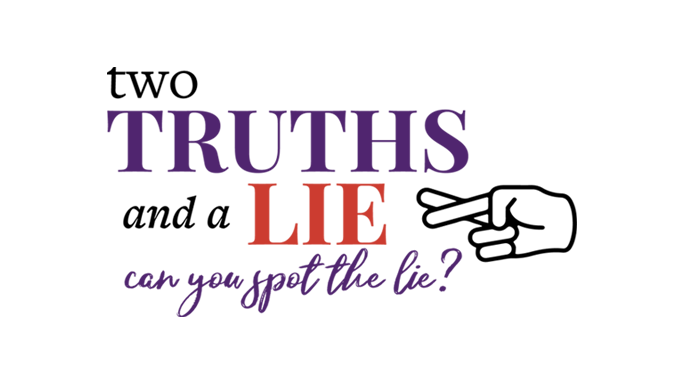Everyone loves the party game “Two Truths and a Lie,” where among three statements, you have to guess which one is false.
A new type of investing is becoming popular: litigation financing. Litigation financing is a practice whereby hedgefunds and other third parties obtain an interest in a lawsuit in exchange for payment. The third-party investors own part of the lawsuit and are entitled to a portion of any recovery. Can you guess which of these 3 statements about litigation financing is not true?
A. Litigation financing is necessary to allow injured and cash-strapped plaintiffs to pursue their claim in court.
B. Major differences exist between contingency fee lawyers who take on cases for free in exchange for part of the recovery and third party investors who pay plaintiffs for a share of their recovery.
C. Litigation is expensive and large amounts of that expense does not go to injured plaintiffs.
Let’s see how you did!
A. LIE! Litigation financing is a new innovation precisely because plaintiffs have long had access to contingency fee lawyers. As Professor Brian Fitzpatrick writes in an article that is in favor of litigation financing, contingency fee lawyers have long allowed plaintiffs access to courts without paying legal expenses. These lawyers evaluate a plaintiff’s case, and if it has potential, offer to represent the plaintiff for free and pay all costs in exchange for a percentage—usually around 25%–of any recovery.
B. TRUTH! Contingency fee lawyers are policed by legal canons of ethics and state bar associations. There primary duty is to represent their client with due diligence. Third party financiers, on the other hand, owe a duty to their investors—not the plaintiff in the case. The conflict of interest that arises when a lawyer takes a case on contingency basis is mitigated by the canons and ethics that govern and guide the legal profession. Lawyers are bound by a duty to faithfully represent their client’s interests. ABA Model Rule 1.3 provides: A lawyer shall “act with commitment and dedication to the interests of the client and with zeal in advocacy upon the client’s behalf.” There is no similar rule governing the conduct of third-party funders. Their fiduciary duty to investors may conflict with the best interests of a plaintiff. The plaintiff and financer may disagree over their choice of lawyer; the decision to settle or not settle and the choice of remedy.
C. TRUTH! The Chamber of Commerce analyzed the costs of insurance and calculated that the costs of the tort system in 2016 was $429 billion—2.3% of GDP. Barely over half of that amount—57% was paid to plaintiffs. The rest of the expense was incurred by the costs of litigation, insurance expenses, and risk transfer costs.
As policy makers consider various proposals to require disclosure or other regulation of litigation financing, they need to have all of the facts. The best proposals will recognize the inherent conflict of interest between plaintiffs and third-party funders and also the dead weight loss that unmeritorious legal claims lay on our system.

